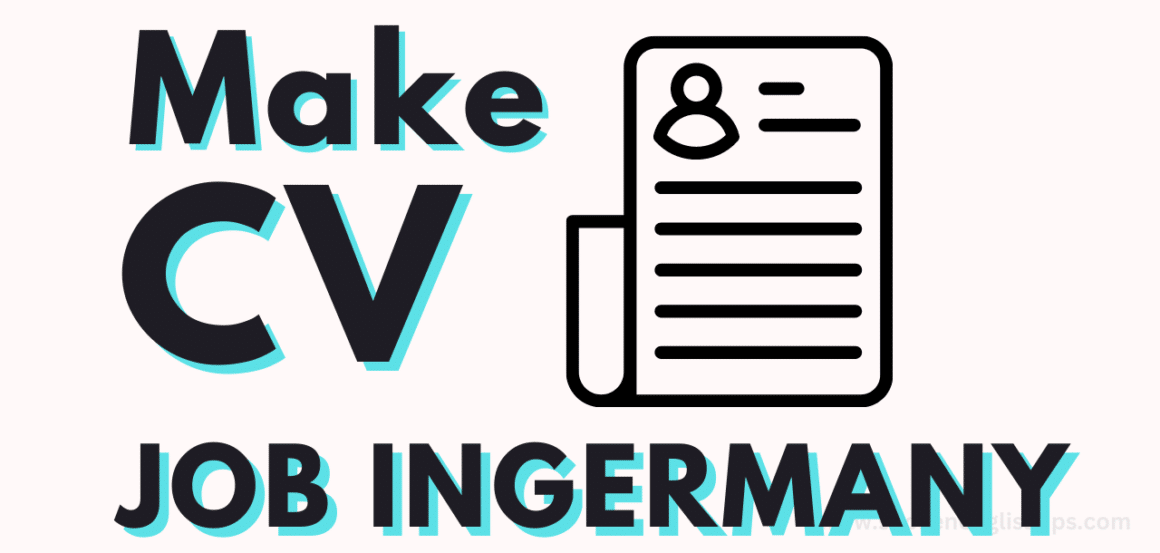
When creating a CV for a job in Germany, there are a few key things to keep in mind. Here are some tips to help you create a German-style CV:
1. When creating a CV for a job in Germany, there are a few key things to keep in mind. Here are some tips to help you create a German-style CV:
2. Use a clear, simple font and format: Your CV should be easy to read, so use a clear font like Arial or Times New Roman and a simple, professional layout.
3. Tailor your CV to the job: Make sure to tailor your CV to the specific job you are applying for. Highlight the skills and experiences that are most relevant to the position.
4. Use clear, concise language: Avoid using overly complicated language or jargon. Use clear, concise sentences and bullet points to make your CV easy to read.
5. Include a personal statement: In Germany, it’s common to include a short personal statement at the top of your CV. This should be a brief summary of your qualifications and the value you can bring to the company.
6. Emphasize your education: German employers place a lot of emphasis on education, so make sure to include your educational credentials in detail. Include the name of the institution, the location, the degree, and the field of study.
7. List your work experience in reverse chronological order: Start with your most recent job and work backwards. For each job, include the job title, the company name, the location, and the dates you worked there. Also, include a brief description of your responsibilities and achievements.
8. Include any relevant certifications or awards: If you have any relevant certifications or awards, include them on your CV. This can include language proficiency, IT skills, or professional development courses.
9. Proofread your CV: Make sure to proofread your CV several times to catch any typos or errors. It’s also a good idea to have someone else review your CV to get a fresh perspective.
By following these tips, you can create a CV that is well-suited for a job in Germany. Remember to also submit it in German Language and tailor it to the German standard. Also, keep in mind that a German CV typically includes a passport-style photo of the applicant.
How to make a cv for Job in Germany: Step By Step
Here is a general template for the layout of a German-style CV:
- Personal information: Include your name, address, phone number, and email address. It is also common to include a passport-style photo of yourself.
- Personal statement: A brief summary of your qualifications and the value you can bring to the company. (1-2 sentences)
- Education: List your educational credentials in reverse chronological order, including the name of the institution, the location, the degree, and the field of study.
- Work experience: List your work experience in reverse chronological order, including the job title, the company name, the location, and the dates you worked there. For each job, include a brief description of your responsibilities and achievements.
- Skills: List any relevant skills you have, such as language proficiency, IT skills, or professional development courses.
- Certifications and awards: Include any relevant certifications or awards you have received.
- Additional information (Optional): Additional information such as hobbies, extracurricular activities, or volunteer work that showcase your interest, talents and personality.
It is important to keep in mind that the CV should be clear, concise and easy to read. Use bullet points and simple language to make it more readable. Also, make sure to tailoring your CV to the specific job you are applying for, highlighting the skills and experiences that are most relevant to the position.